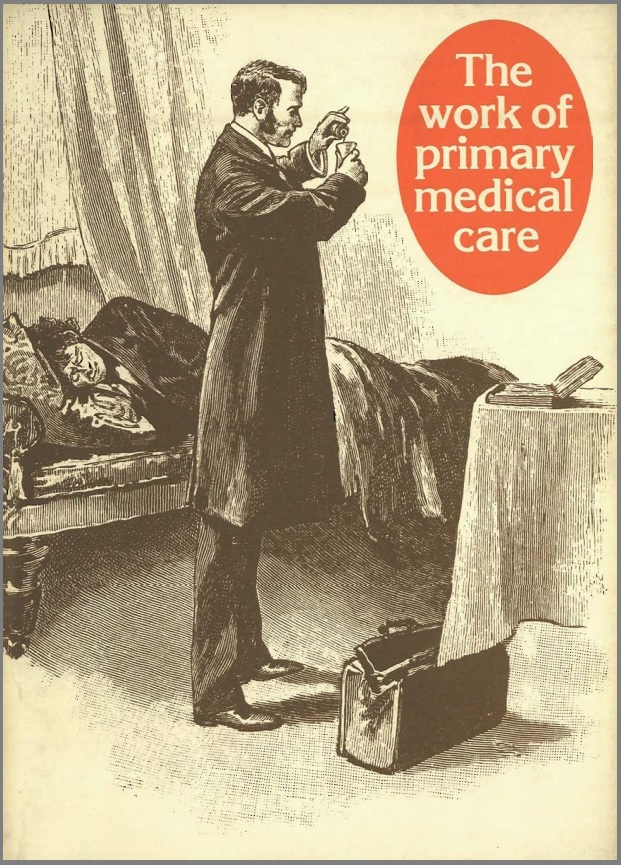The United Kingdom’s 25,000 family doctors, together with the nurses, midwives, health visitors, receptionists and others who make up the primary medical care team, deal with…
The United Kingdom’s 25,000 family doctors, together with the nurses, midwives, health visitors, receptionists and others who make up the primary medical care team, deal with over 90 per cent of all illnesses which reach the formal structure of the health services. They…
The United Kingdom’s 25,000 family doctors, together with the nurses, midwives, health visitors, receptionists and others who make up the primary medical care team, deal with over 90 per cent of all illnesses which reach the formal structure of the health services. They also play a major role in generating the work of the specialist, hospital sector. They are the foundation upon which the remainder of the NHS rests and it could, therefore, be expected that the NHS should have at least some model which can describe the major functions of primary medical care and some criteria against which performance can be measured.
No such generally accepted model exists although the changes in primary care since the war, and particularly since the 1960s, have created strong pressures to clarify the role of the practice team. Such is the importance of primary medical care, both in itself and to the remainder of the NHS, that the future is likely to bring even stronger pressures towards the clarification and definition of the functions of the practice team, both within the structure of the NHS and within the medical and related professions themselves.
These pressures are likely to be brought to bear despite the continuing autonomy of family practitioners, as reflected, for example, in the administrative separation of the new Family Practitioner Committees from the Area Health Authorities in the reorganised NHS in England and Wales.
What are the objectives of general practice? What should be the functions of the practitioner and each member of his team? Which aspects ought to take up the greatest amount of working time and how ought practitioners be trained to cope with their changing workload? These and other related questions have been asked many times before, with increasing urgency in recent years, and have been exhaustively discussed in the journals, academic literature and official and quasi-official reports.
